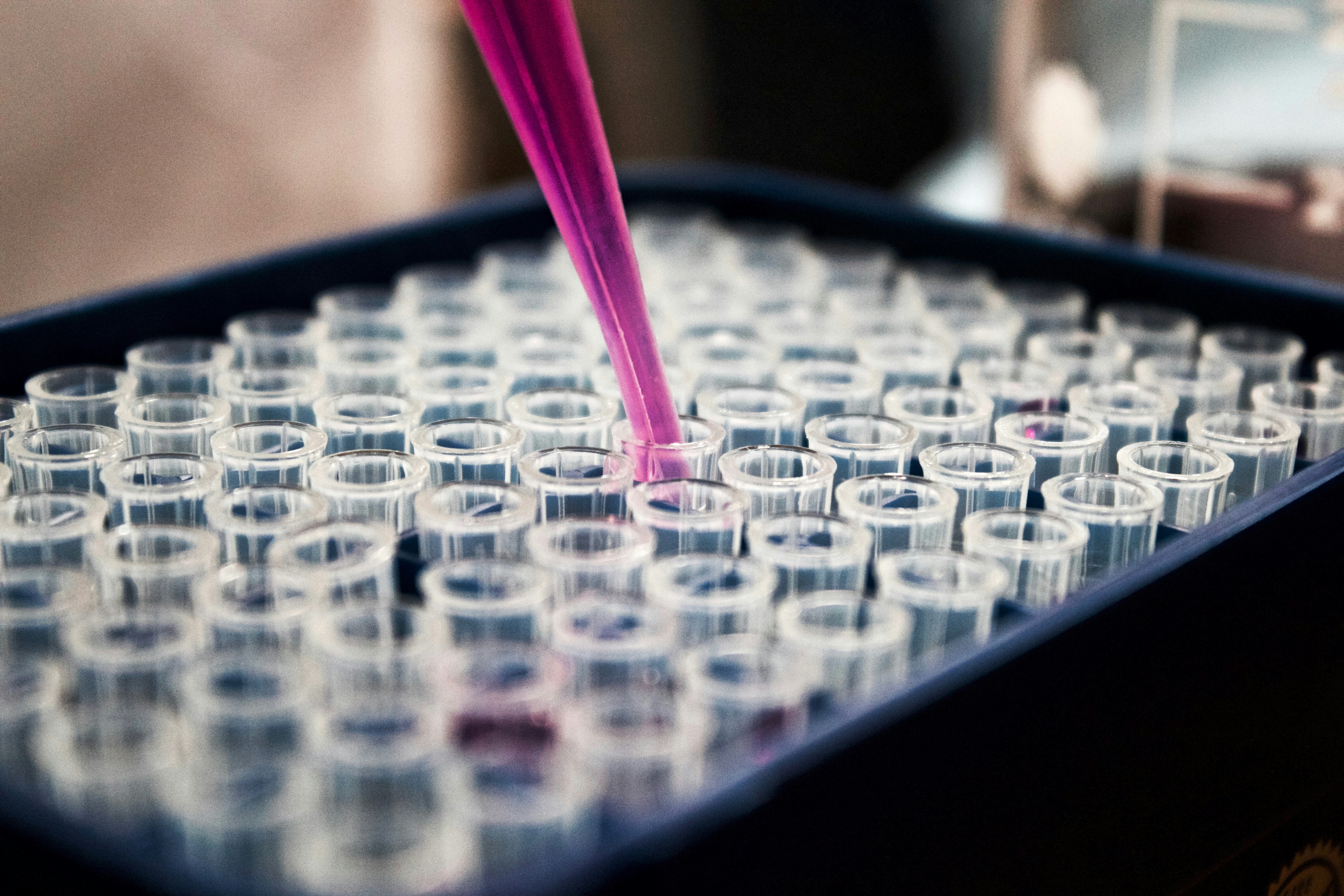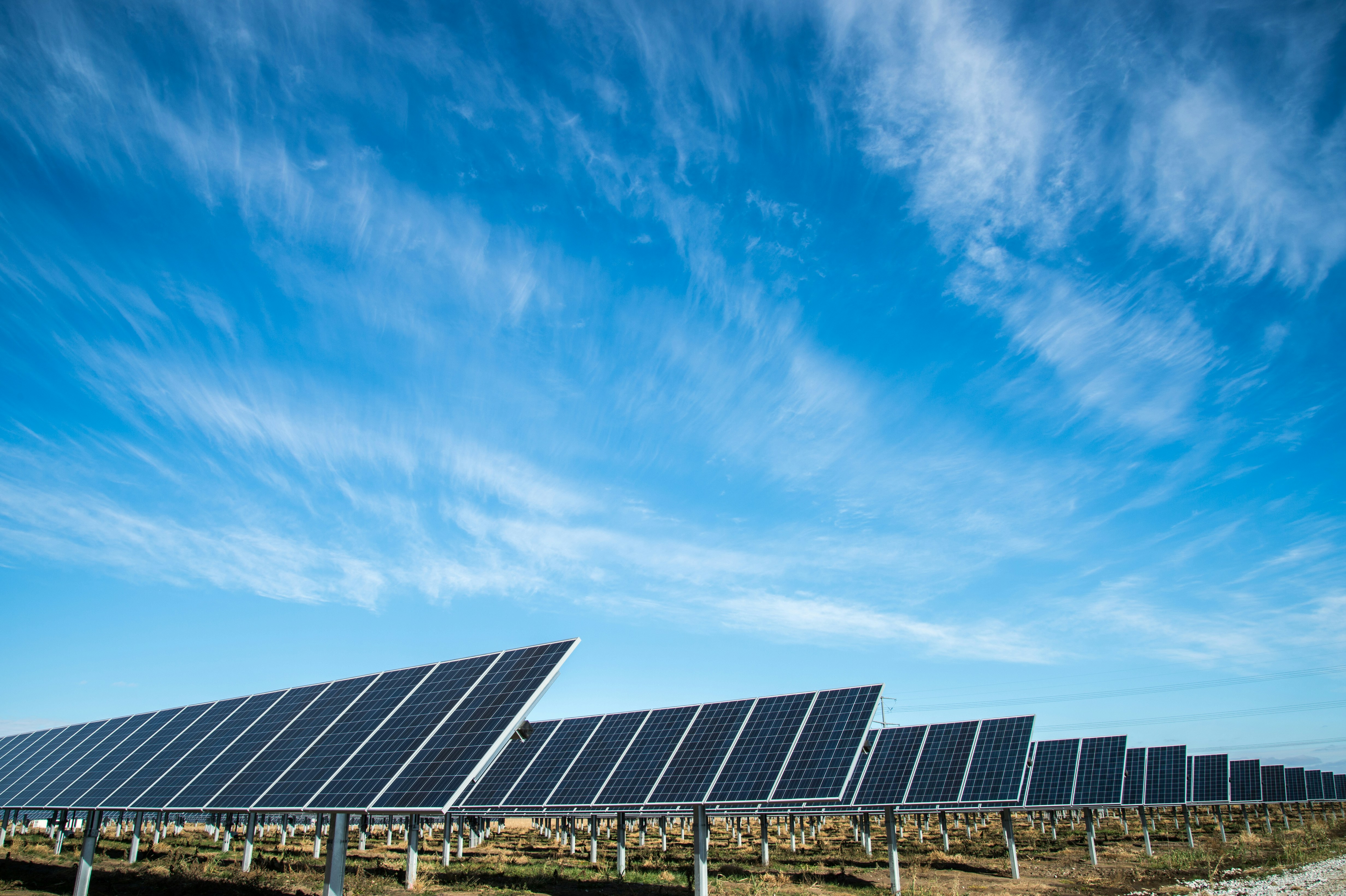Green Alchemy: Turning Air Pollution into Fertilizer with Ionic Liquids
A revolutionary electrochemical breakthrough that could reshape how we produce one of humanity's most essential chemicals
The Urea Imperative

Imagine transforming carbon dioxide—the primary driver of climate change—into agricultural fertilizer using only electricity and a magical liquid medium. This isn't science fiction but a revolutionary electrochemical breakthrough that could reshape how we produce one of humanity's most essential chemicals: urea.
Urea sustains nearly half of global food production as the world's dominant nitrogen fertilizer. Beyond farming, it's vital for manufacturing plastics, medicines like barbiturates, and industrial adhesives 1 2 . Yet conventional urea synthesis consumes 2% of global energy, requiring extreme pressures (150–250 times atmospheric pressure) and scorching temperatures (150–200°C) to force reactions between ammonia and CO₂ 1 6 . The environmental toll is staggering: for every ton of urea produced, the process emits 1.8 tons of CO₂ 4 .
Enter ionic liquids (ILs)—salts that remain liquid at room temperature—and electrochemical engineering. Recent advances have enabled scientists to synthesize urea derivatives from CO₂ and amines at near-room temperature with unprecedented efficiency, turning waste into wealth 5 .
The Ionic Liquid Advantage
What Makes ILs "Green Gold"
Ionic liquids are often dubbed "designer solvents" because their properties can be customized by pairing different positively charged cations and negatively charged anions. Unlike water or organic solvents, ILs:
- Never evaporate (near-zero vapor pressure)
- Tolerate extreme voltages without decomposing
- Act as chemical accomplices by stabilizing reaction intermediates 3
| Generation | Key Features | Urea Synthesis Role |
|---|---|---|
| First-Gen | Basic solvents (e.g., EMIM-BF₄) | Provide reaction medium |
| Second-Gen | Task-specific functional groups | Stabilize CO₂/amine intermediates |
| Third-Gen | Biodegradable components | Reduce environmental footprint |
| Fourth-Gen | Self-healing multifunctional ILs | Boost efficiency & selectivity |
In urea synthesis, ILs serve three critical functions:
CO₂ Capture Artists
Their tunable anions chemically "grab" CO₂ molecules
Reaction Accelerators
They lower energy barriers for C–N bond formation
Selectivity Guardians
They suppress unwanted side reactions 5
The Eureka Experiment: Oxygen-Powered Urea Synthesis
How a "Waste" Reaction Sparks Creation
In 2022, researchers unveiled a paradigm-shifting approach: using oxygen reduction—typically an undesirable side reaction—to drive urea formation. The experiment exploited a counterintuitive trick: oxygen's natural tendency to gain electrons can power chemical synthesis without expensive catalysts 2 5 .
Step-by-Step Breakdown:
The Setup
A simple electrochemical cell containing:
- Anode: Platinum wire
- Cathode: Glassy carbon electrode
- Electrolyte: EMIM-BF₄ ionic liquid saturated with O₂
- Reactants: CO₂ gas bubbled through solution + primary amines
The Trigger
At −0.5 V (vs. Ag/AgCl), oxygen gains electrons at the cathode:
$$ce{O2 + 2H+ + 2e- -> H2O2}$$
The Cascade
- Peroxide ions react with CO₂ to form reactive carboxylates
- Carboxylates attack amines, forming carbamic acid
- Carbamic acids dimerize into urea derivatives 5
Results That Turned Heads:
99% Selectivity
for urea derivatives over competing reactions
Room temperature operation
(vs. 150–200°C industrially)
No metal catalysts
required—O₂ serves as the sole electron mediator
| Method | Temp (°C) | Pressure (bar) | Selectivity | Energy (kWh/kg) |
|---|---|---|---|---|
| Industrial (Bosch-Meiser) | 180 | 200 | 85% | 8.2 |
| Conventional Electrochemical | 25 | 1 | 45–65% | 5.8 |
| IL/O₂ System | 25 | 1 | >99% | 3.1 |
The Molecular Ballet: Why This Works
Precision Partnering of Reactants

The secret lies in how ILs orchestrate molecular interactions. When CO₂ dissolves in EMIM-BF₄, it forms an "ionic complex" where:
- BF₄⁻ anions stabilize CO₂ molecules
- EMIM⁺ cations align amine groups for attack
Meanwhile, oxygen reduction generates peroxide ions that "activate" CO₂ far more efficiently than traditional metal catalysts. This creates a reaction environment where:
- Wasted Energy Becomes Useful: Oxygen's reduction—usually a competing nuisance in electrochemistry—powers the main event
- Specificity Reigns: The IL's ionic network blocks parasitic pathways like CO formation
- No Escape Artists: CO₂ stays trapped until reacted 5
The Scientist's Toolkit
Five Key Components Enabling the Revolution
| Reagent | Role | Innovation Edge |
|---|---|---|
| EMIM-BF₄ Ionic Liquid | Electrolyte & molecular scaffold | Stabilizes intermediates; near-zero volatility |
| O₂ gas | Electron mediator | Replaces expensive metal catalysts |
| Primary amines | Nitrogen source | Enable diverse urea derivatives |
| Mesoporous electrode | High-surface-area cathode | Maximizes O₂ reduction efficiency |
| Proton donors | Facilitate proton-coupled electron transfer | Accelerate C–N coupling |
From Lab Bench to Farm Fields
Scaling the Green Urea Revolution
While the science is dazzling, challenges remain. Current systems produce grams of urea per hour—not the tons needed for agriculture. Three frontiers are critical for scaling:
- IL Recycling Systems: New membranes that separate urea while returning ILs to the reactor
- Renewable Energy Integration: Solar-powered reactors demonstrated 30% lower carbon footprints
- Waste Stream Sourcing: Using CO₂ from smokestacks and amines from biomass

Conclusion: Fertilizing the Future
The marriage of electrochemistry and ionic liquids turns urea synthesis from an energy-hungry polluter into a carbon-cycling champion. By leveraging oxygen's innate reactivity within custom-designed ionic media, we can now envision decentralized "urea factories" that transform emissions into agricultural assets.
As research charges ahead—with teams exploring earth-abundant catalysts and biodegradable ILs—this technology embodies a larger principle: the most elegant solutions often come not by fighting nature's tendencies, but by channeling them. The same oxygen that rusts iron and spoils wine may soon help feed the world.
The next time you pass a fertilized field, ponder this: tomorrow's bounty might grow from today's pollution, transformed by liquid salts and electrochemical wit.